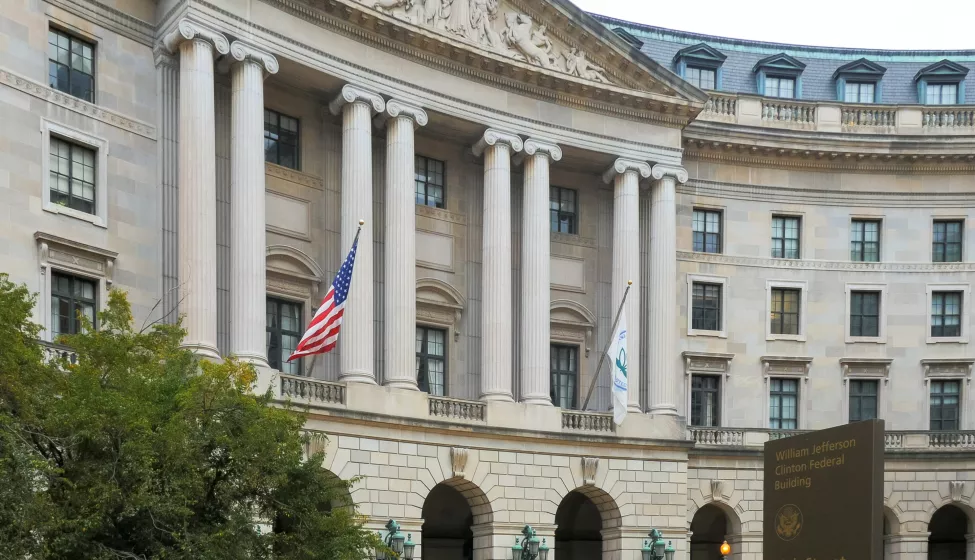February 2, 2024
Manufacturers will need the Environmental Protection Agency's approval to use PFAS chemicals on the Toxic Substances Control Act "inactive" list
On Jan. 8, the Environmental Protection Agency finalized a rule that will require companies to obtain a full agency review to manufacture or use 329 different per- and polyfluoroalkyl substances (PFAS) that are registered as "inactive" under the Toxic Substances Control Act (TSCA). The finalized rule, "Risk Management for Per- and Polyfluoroalkyl Substances (PFAS) under TSCA," goes into effect March 11, 60 days after its announcement.
Impacts of new PFAS approval requirements for industry
The inactive chemicals list includes PFAS that may have been used but not reviewed by EPA across a variety of manufacturing industries, including chemicals, pharmaceuticals, petroleum and coal, agrichemicals, metals, automotive, waste management, and others. Per the Biden administration's announcement, the inactive PFAS list includes applications such as binding agents, surfactants, seals and gaskets, and more, where chemicals may have been used without review.
According to the finalized rule, "If a company wants to use any of these 329 chemicals, they are required to notify EPA first. The Agency would then be required to conduct a robust review of health and safety information under the modernized 2016 law to determine if the new use may present unreasonable risk to human health or the environment and put any necessary restrictions in place before the use could restart."
The inactive designation on the TSCA inventory indicates that a chemical has not been manufactured, imported, or processed in the U.S. since 2006. This rule applies to PFAS listed as inactive that are not subject to any other significant new use rules (SNURs). Any new uses of PFAS will be considered under EPA's existing framework announced in January 2023.
An evolving regulatory landscape for PFAS
The news from EPA comes as part of the agency's "PFAS Strategic Roadmap: EPA's Commitments to Action 2021-2024." The roadmap outlines "timelines by which EPA plans to take specific actions and commits to bolder new policies to safeguard public health, protect the environment, and hold polluters accountable." Key to the initiative is that EPA intends current and forthcoming PFAS policies to successively ramp up the agency's efforts and guidance to industry.
EPA's final rule follows its initial proposal in January 2023, which included the opportunity for industry to submit comments. Of note in the final ruling is that EPA has rejected a broader PFAS definition crafted by the Organisation for Economic Co-operation and Development (OECD), saying OECD's definition "would have included many substances whose only fluorine molecule is in a terminal -CF3 and that do not share a structure that is likely to result in the substance's persistence in the environment."
Additionally, EPA "disagrees that the scope of substances subject to notification requirements should be a discrete list and not a structural definition," meaning that industry will not have to disclose the identity of substances that have been claimed as confidential business information (CBI). Entities that can demonstrate a valid commercial need to verify whether a substance is on the TSCA inventory and subject to this rule can submit a Bona Fide Intent to Manufacture or Import Notice, and the EPA can provide a written determination on the chemical's status.
Exponent can assist with the preparation of submission of these notices, review of ingredients that may be subject to this rule, and potential impact of other PFAS regulations.
What Can We Help You Solve?
Exponent closely monitors the continually changing PFAS regulatory landscape to help clients prepare for new PFAS regulations. Our experts have years of experience investigating supply chains for PFAS sources, working with third-party laboratories to test materials and products for specific PFAS and total organic fluorine, and assisting clients in making decisions that suit their product lines and stewardship goals.










